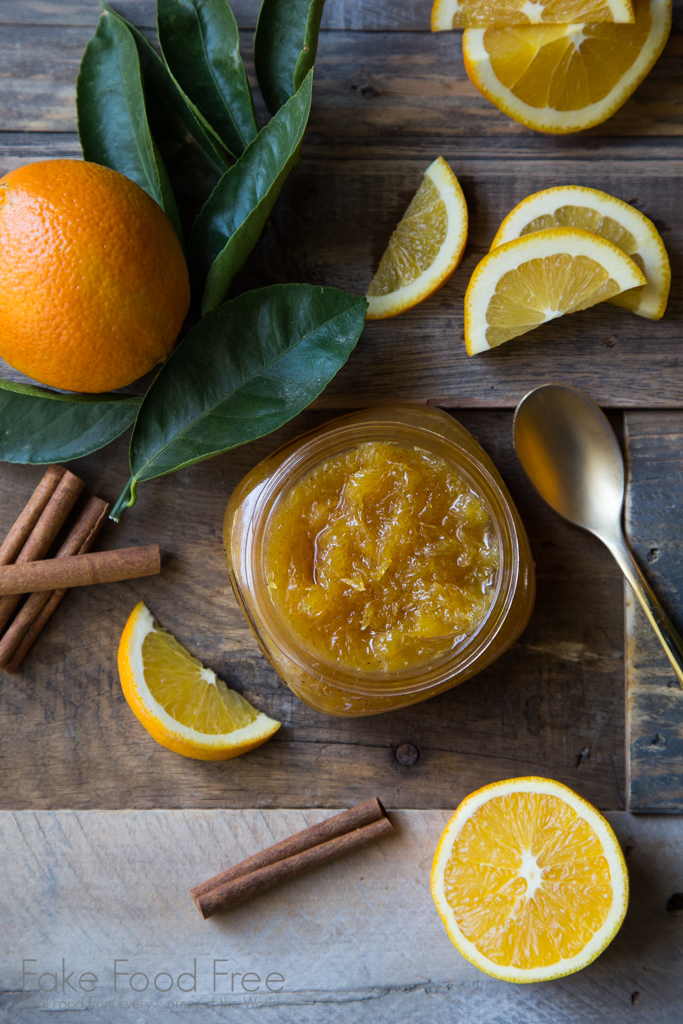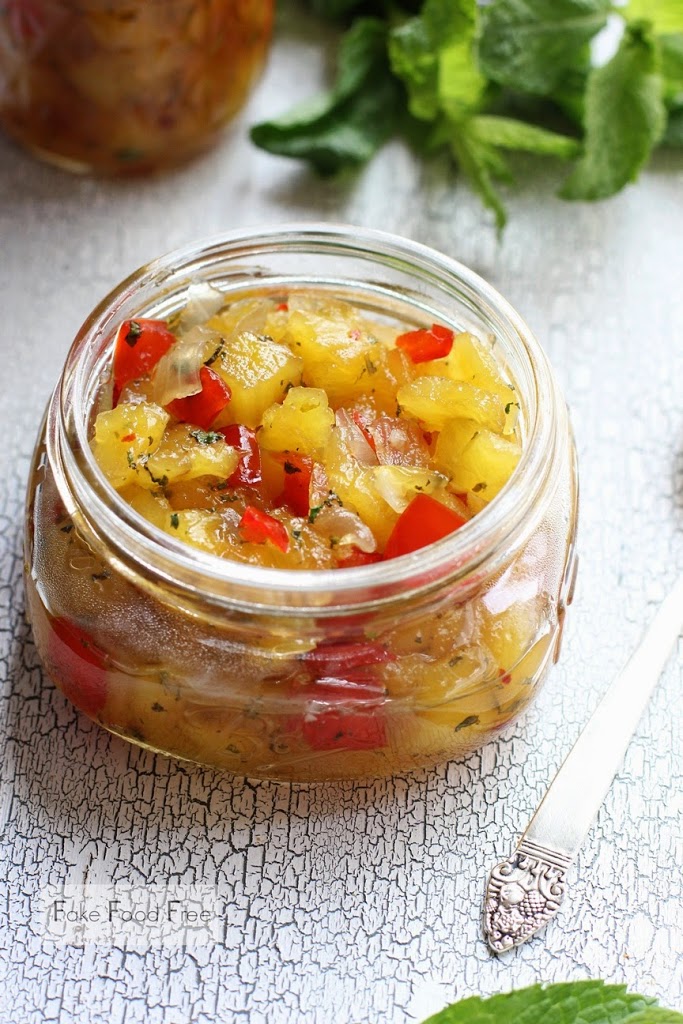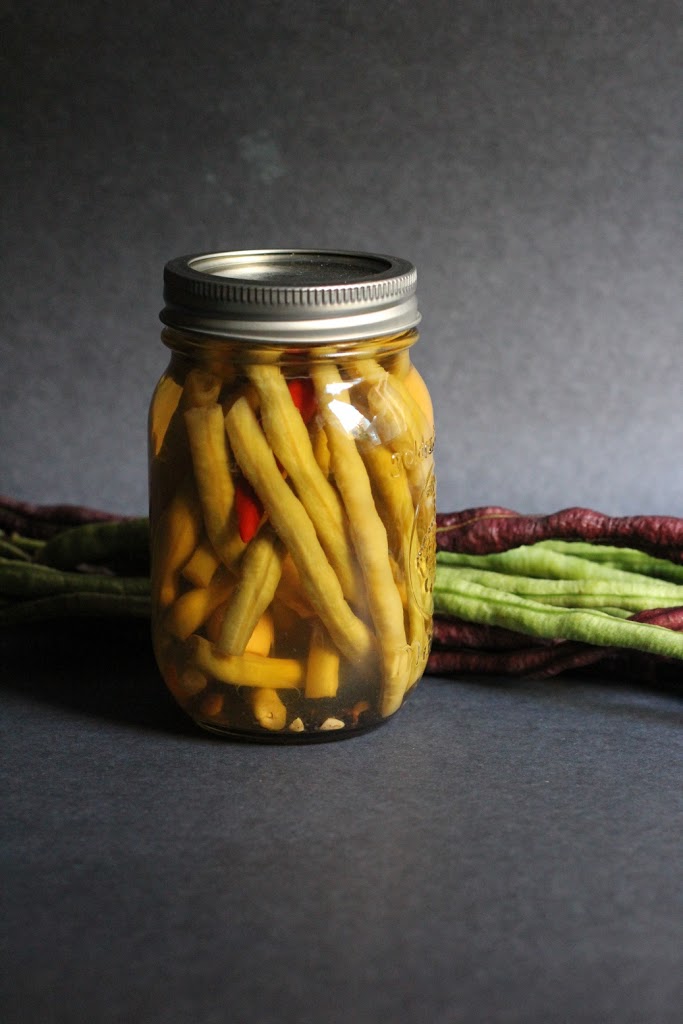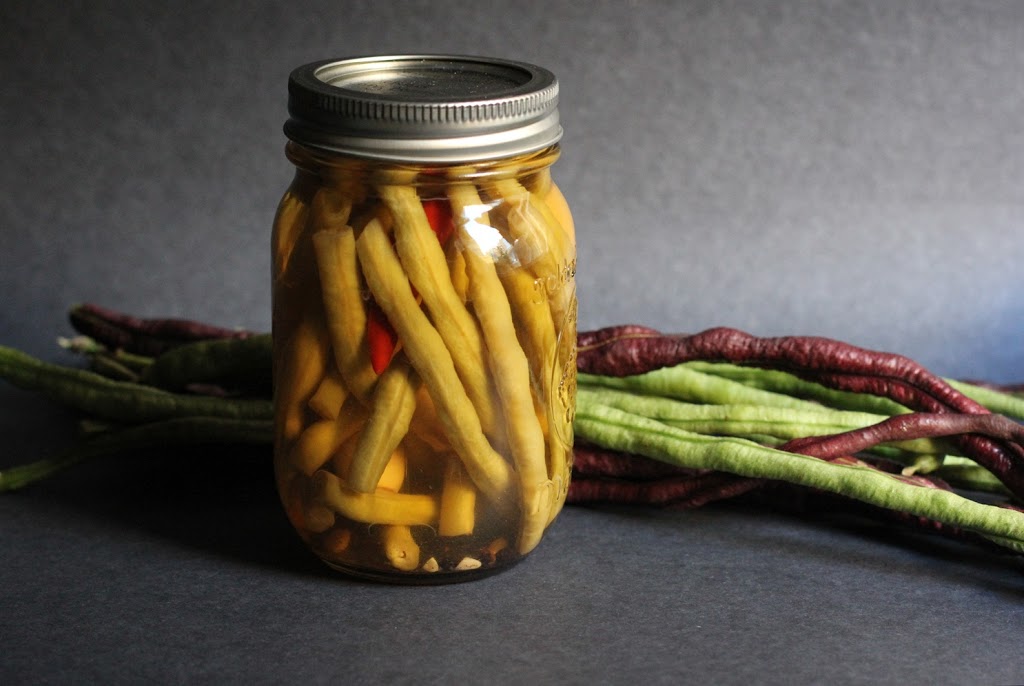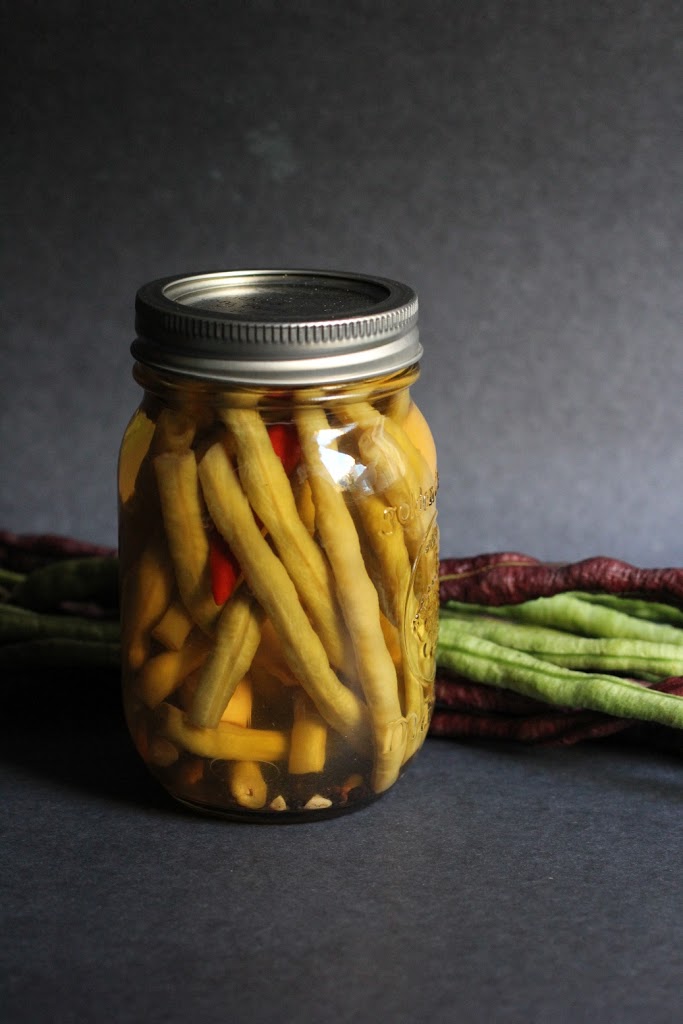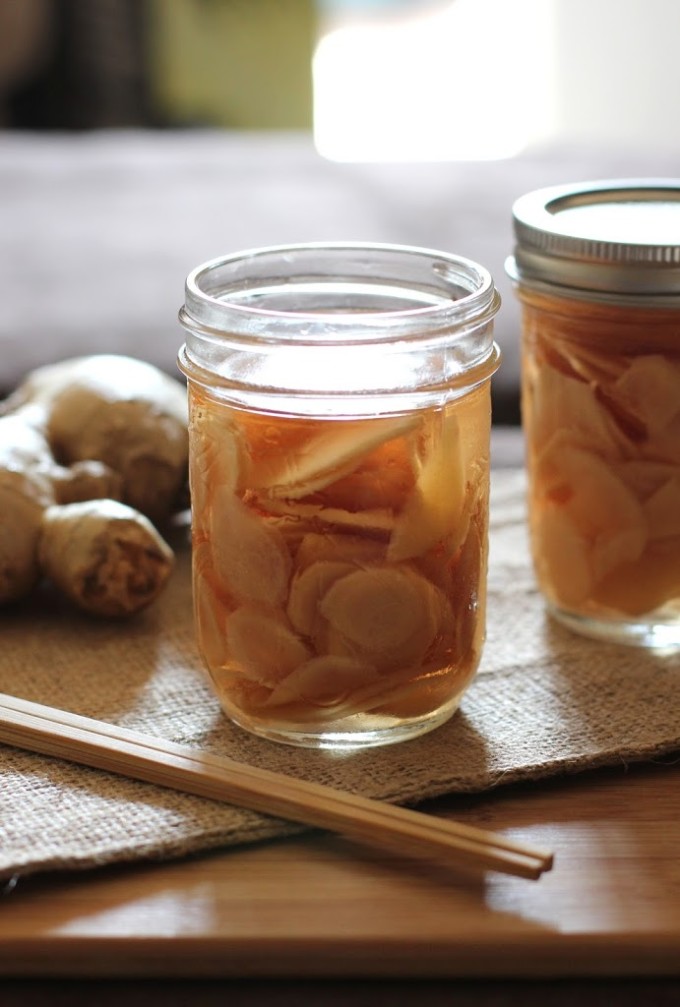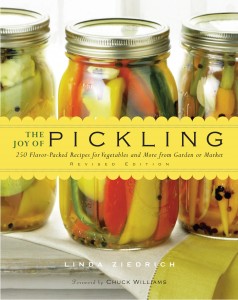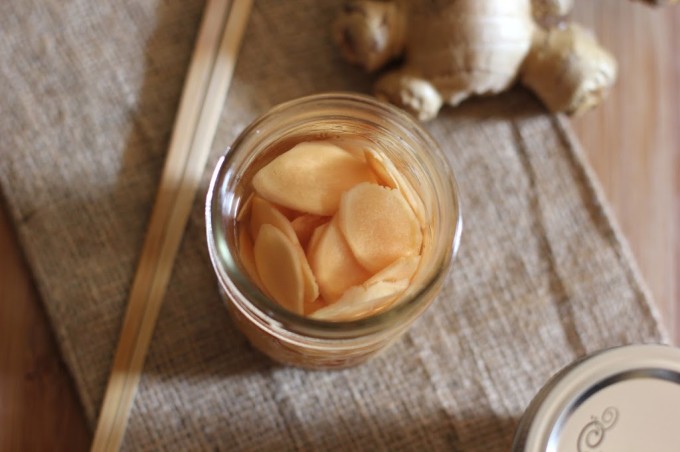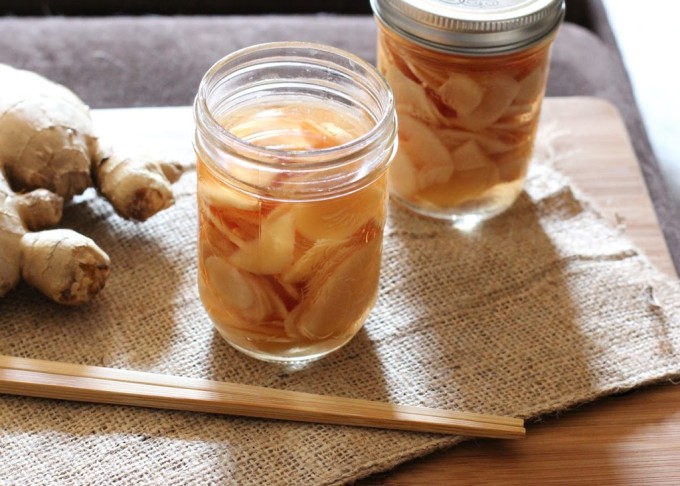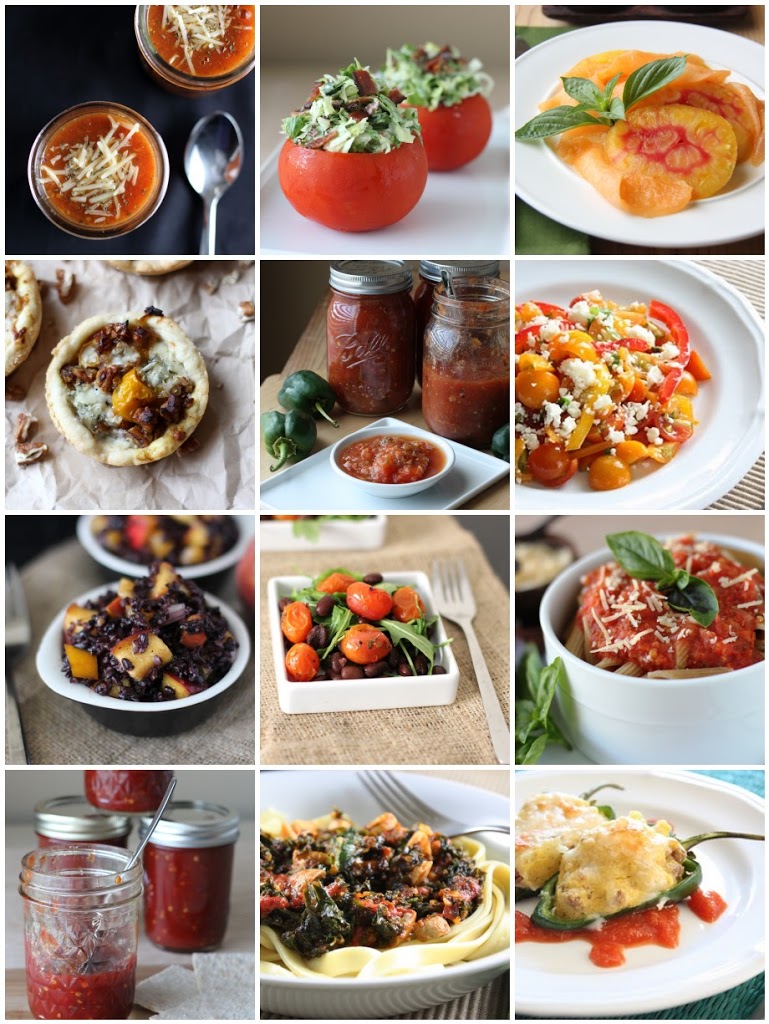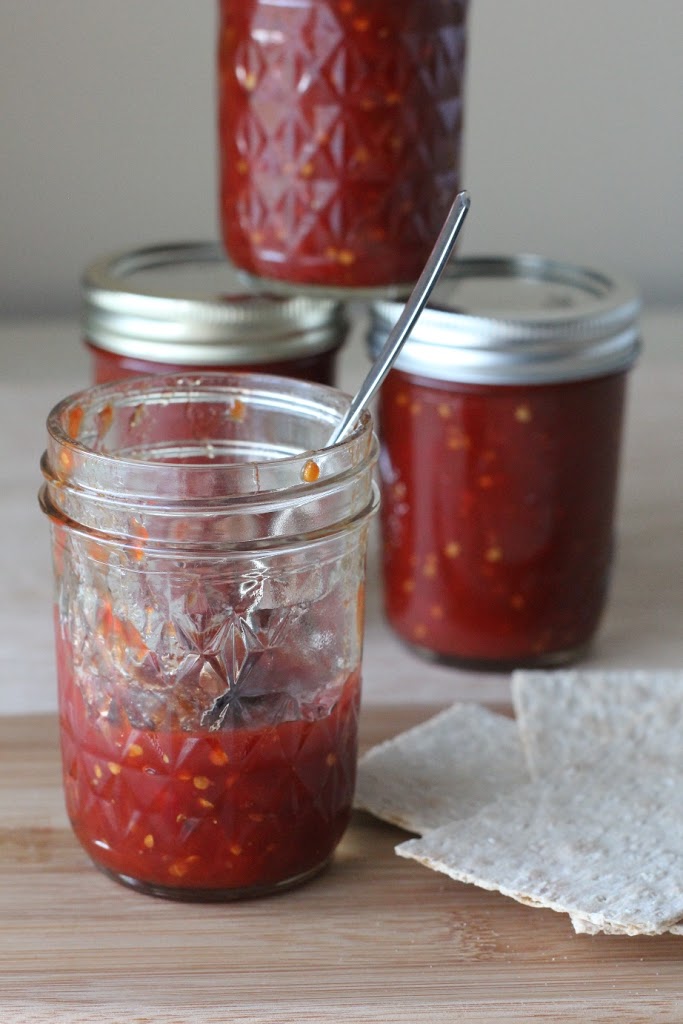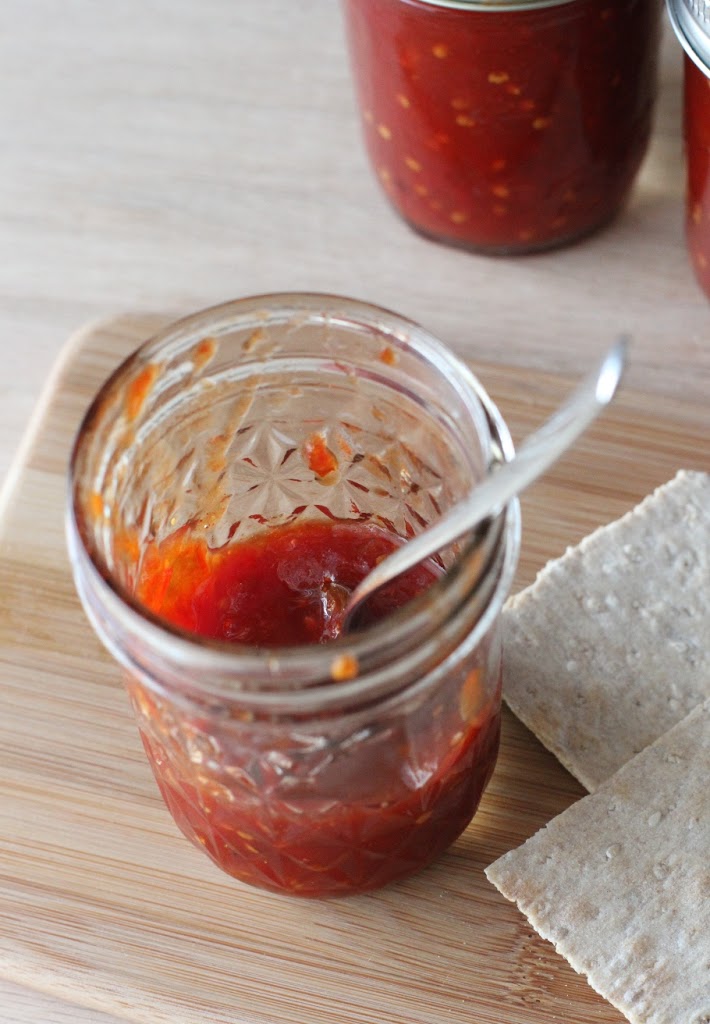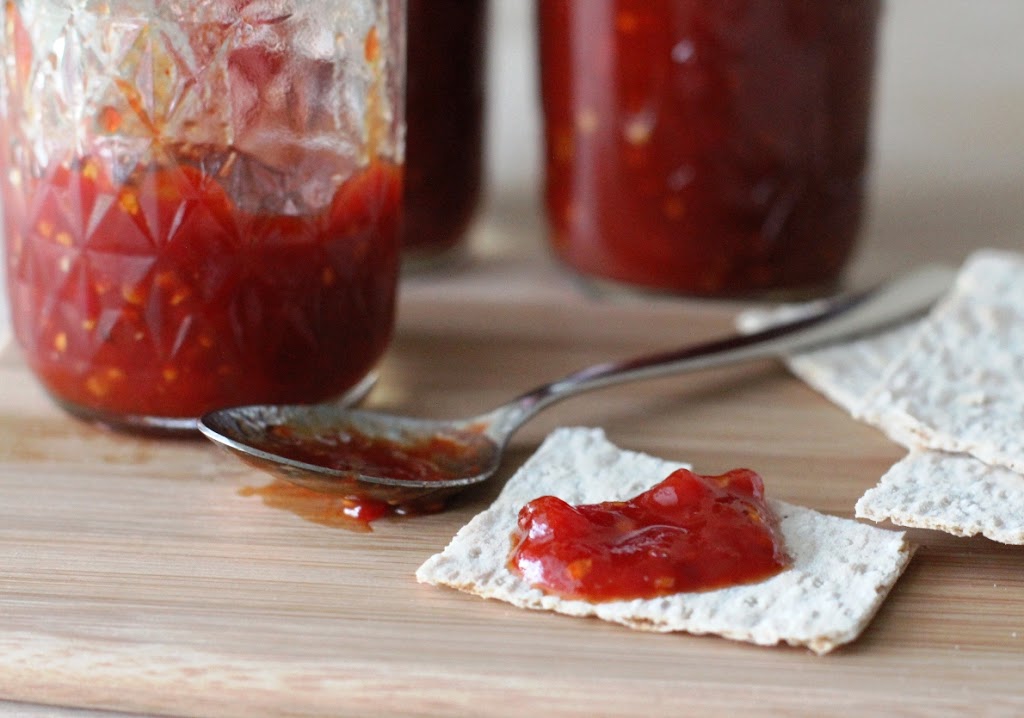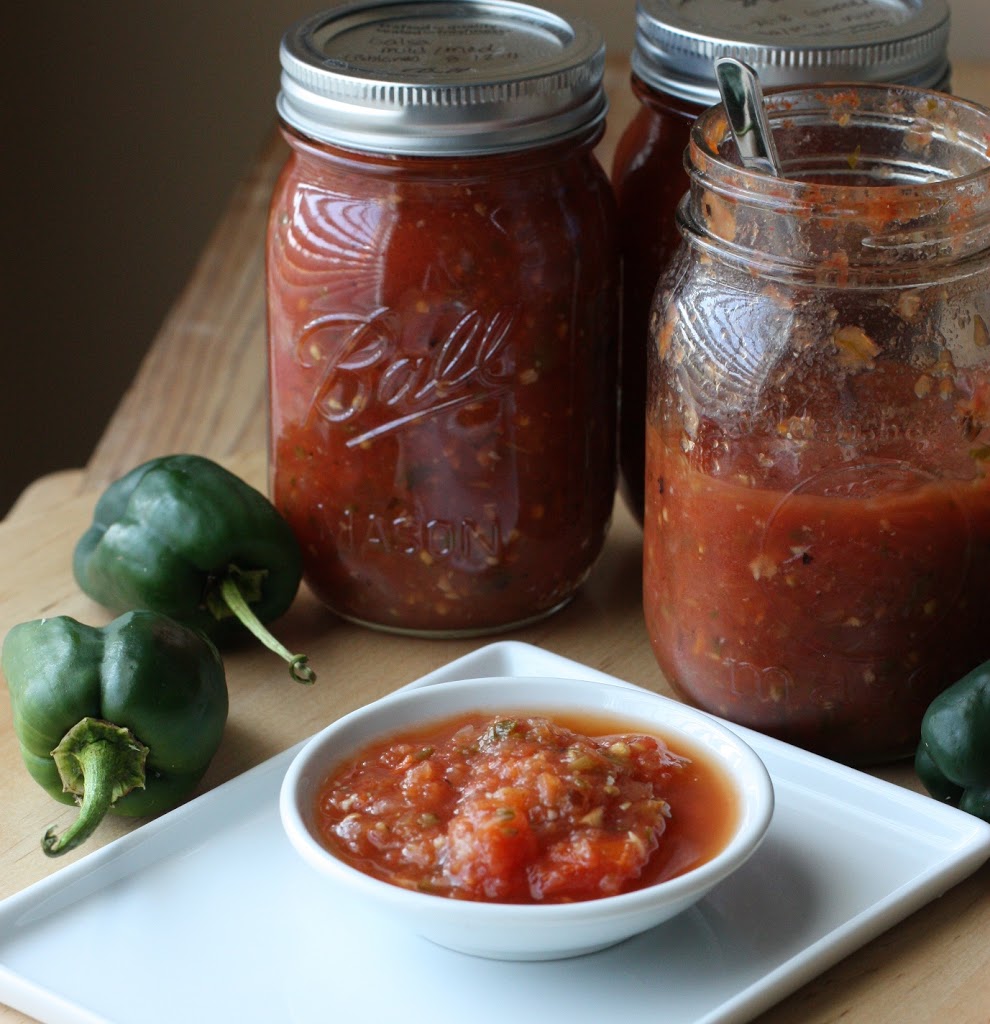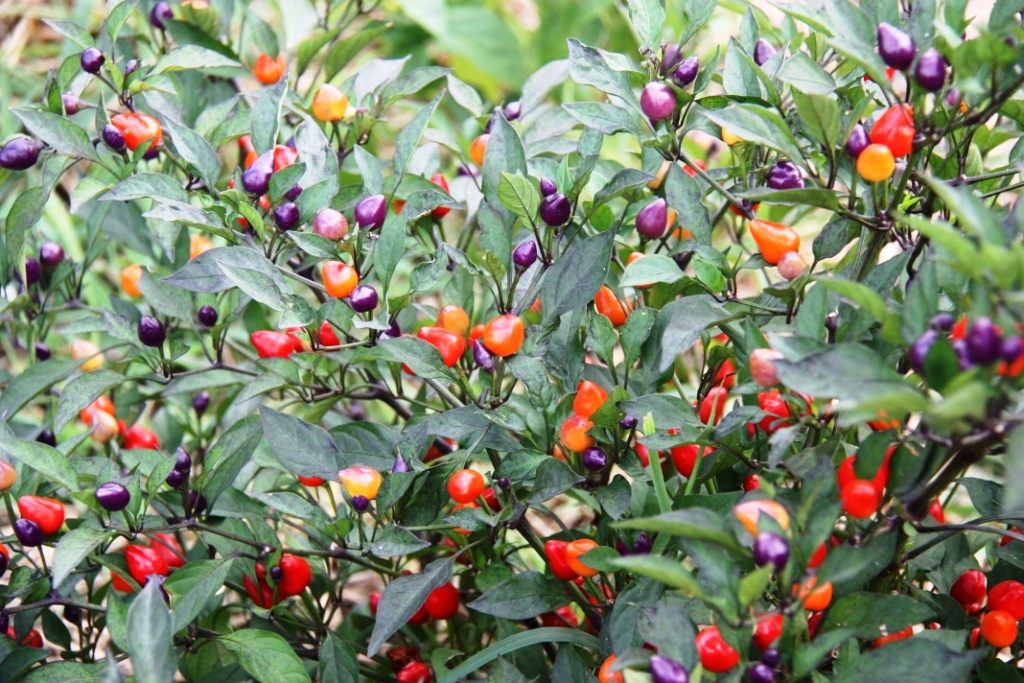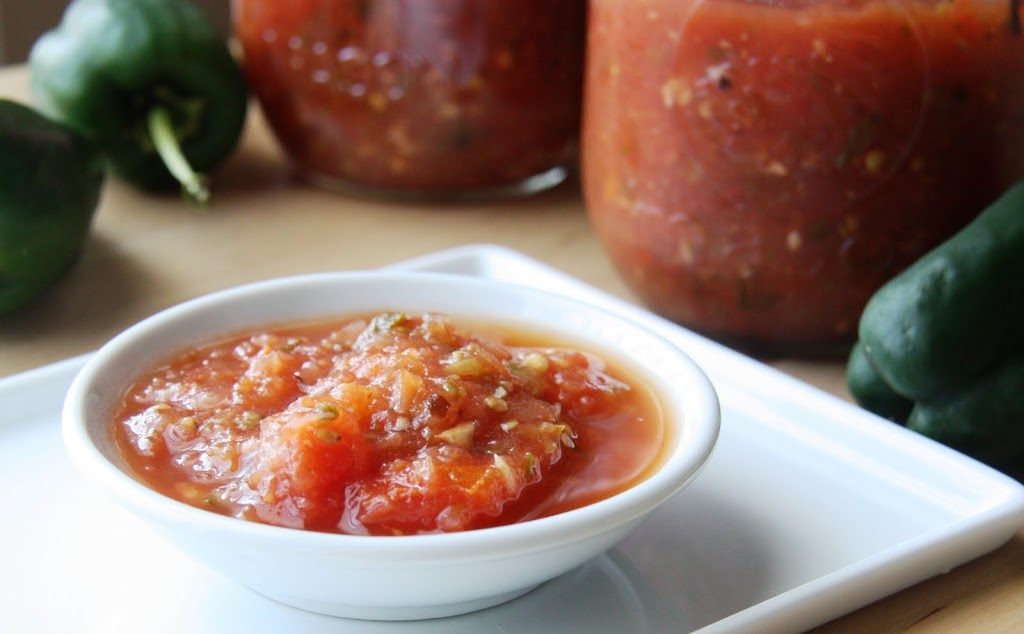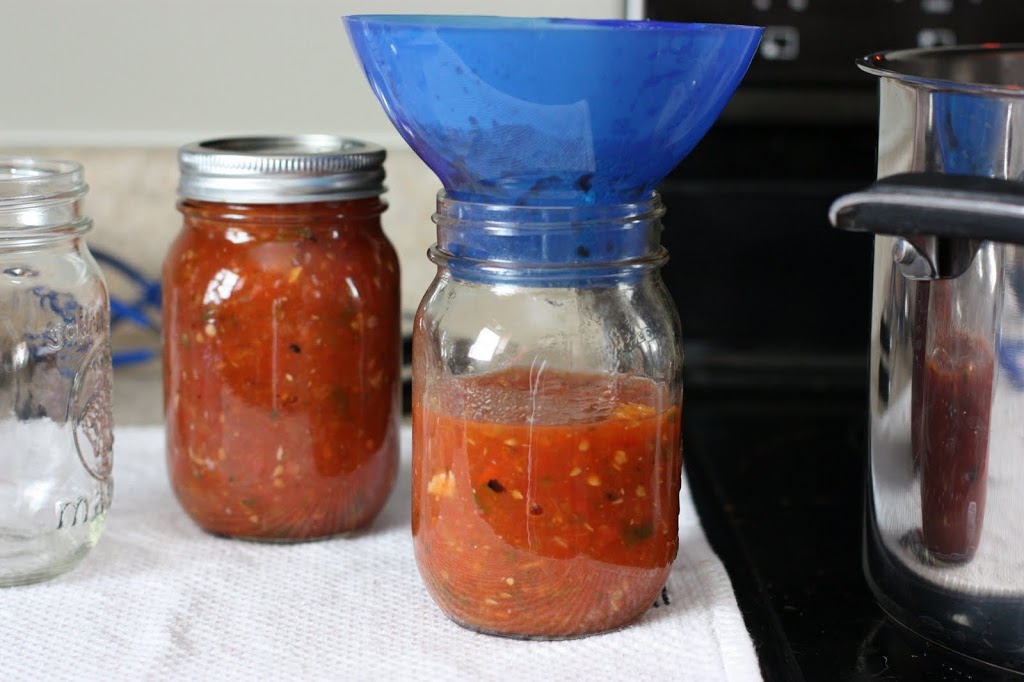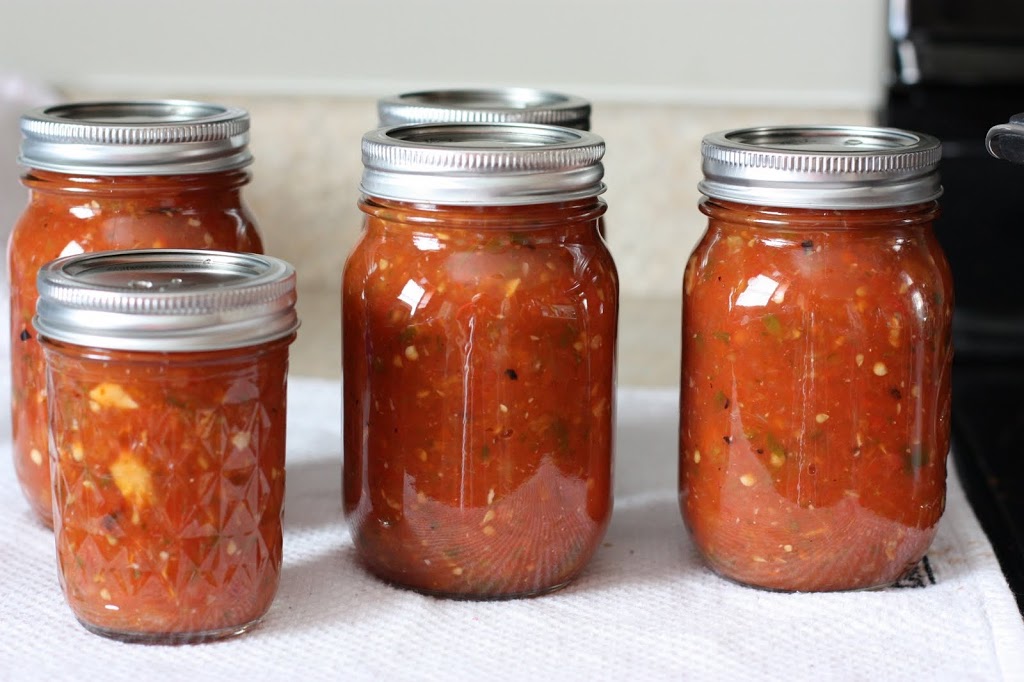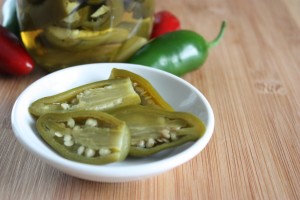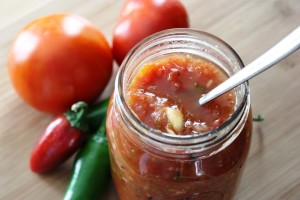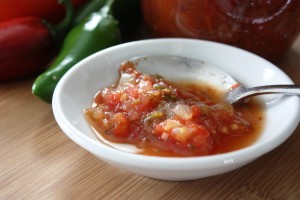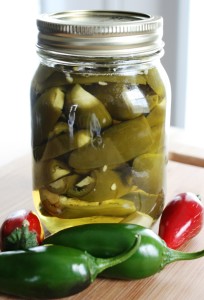Call me easy to please, but there are few things more exciting than receiving an unexpected package in the mail. When that unexpected package turns out to be not only a cookbook, but a cookbook covering a topic and technique you are currently trying to master; well, the excitement goes beyond words.
This summer is the first that I’ve finally been able to overcome the fear instilled in me by my food safety nutrition courses in college. I’m not kidding. The reason I have never canned is because of how strong the warnings were in those classes about botulism and all sorts of unpleasant things.
This year, however, things changed. One, we have our own garden, and two, I’ve been witnessing this canning craze going on in the food world accompanied by wonderful recipes and cookbooks.
My first sign that I’d love this particular cookbook came in the introduction as I read through helpful info that was down to earth and completely…well, me. For example, in an attempt to explain the basis for the book and how it relates to the reader, Krissoff writes:
“How an early-morning spoonful of perfect blueberry marmalade, made by a good friend you might know only via email and your perspective blogs, can help you make it through a busy day of office work.”
See? Perfect for me. Perfect for us. I’ve lost count of these types of relationships I’ve stumbled upon in the past couple years.
Before I go on and on with detailed stories about why I am a huge fan of this book (because I certainly could), let me break down the pros and cons.
Things I love about it:
- There is a detailed, yet easy-to-read intro on the basics of canning including the purpose of different ingredients and equipment.
- The recipes are divided by season and fruit or vegetable.
- There are freezing tips throughout the book for some of the same ingredients used in the canning recipes.
- The diversity in recipes is astounding, 200 total. There is everything from traditional U.S. jams, jellies and pickles to Indonesian and Indian vegetables and relishes.
- In addition to weight measurements for the ingredients in some recipes, numbers are listed too which is helpful and the ones I followed were spot on.
- While the author tells she uses white sugar, she does recommend a resource for using alternative sweeteners and aims to reduce the use of commercial ingredients. For example, she uses green apples for pectin in her canning.
- All the recipes are for water-bath method which is the only method I’m interested in at the moment. A pressure cooker is a whole other canning animal for me.
- After you can your fruits and veggies, there are plenty of recipes provided for using up your stock of homemade canned goods. Enchiladas Verdes and Toffee Topped Vanilla Peaches, to name a couple.
Things I’m not so crazy about:
- Some of the instructions are in long paragraphs so you really have to sit down and read carefully before getting started. This makes it really easy to lose your place when you are going back and forth between the recipe and your pot.
My first success using the book came with the Whole Jalapeños with Honey and Allspice which is the recipe I have to share with you. First of all, I like the fact that there is so little chopping with this recipe. The author explains that these are barely hot, but I left the ribs and seeds intact so there is no mistaking the heat in mine.
Next time I may remove those parts, but otherwise this recipe is a keeper for me. The spiced honey adds an element that is surprisingly tasty with the hot of the jalapeño. It is like sweet pickle meets chile pepper. I served them up with the Vegetable Fried Rice I made recently and they were delicious!
My next success was the Charred Tomato and Chile Salsa. At first I wasn’t sure how I would like the charred flavor of the veggies, but I opened a jar today and it is fantastic! There is a slight sweetness that hits you first and then the spicy jalapenos come in with a punch. This salsa is gift worthy for sure.
I have so much left to try in this book that I’ll be using it for seasons to come. My next project includes the Spiced Apple Butter, Hot Chile Jelly and the Minted Cranberry Relish with Walnuts!
Whole Jalapeños with Honey and Allspice
Reprinted with permission from Abrams Books
Makes about 5 pint jars
2 ½ pounds jalapeño chiles
6 cups cider vinegar (5% acidity)
2 tablespoons pure kosher salt
2 tablespoons honey
5 cloves garlic
5 small bay leaves
1 teaspoon whole allspice
½ teaspoon black peppercorns
Slit the chiles almost in half lengthwise from the bottom and set aside. (I did go ahead and remove the stems on mine and cut them fully in half.)
Prepare for water-bath canning: Wash the jars and keep them hot in the canning pot, and put the flat lids in a heatproof bowl.
In a non-reactive saucepan, combine the vinegar, 2 cups water, the salt, and honey. Bring just to a boil, stirring to dissolve the salt and honey.
Ladle the boiling water from the canning pot into the bowl with the lids. Using a jar lifter, remove the hot jars from the canning pot, carefully pouring the water from each one back into the pot, and place them upright on a folded towel. Drain the water off the jar lids.
Working quickly, pack the chiles as tightly as possible into the hot jars (flattening them first with your palm if necessary), along with the garlic, bay leaves, and spices, leaving 1 inch head space at the top. Ladle the hot vinegar mixture into the jars, leaving ½ inch headspace. Use a chopstick to remove air bubbles around the inside of each jar. Use a damp paper towel to wipe the rims of the jars, then put a flat lid and ring on each jar, adjusting the ring so that it’s just finger-tight. Return the jars to the water in the canning pot, making sure the water covers the jars by at least 1 inch. Bring to a boil, and boil for 10 minutes to process. Remove the jars to a folded towel and do not disturb for 12 hours. After 1 hour, check that the lids have sealed by pressing down on the center of each; if it can be pushed down, it hasn’t sealed, and the jar should be refrigerated immediately. Label the sealed jars and store.
Disclaimer: This cookbook was sent to me free of charge. I was under no obligation to review it and received no compensation for doing so.
